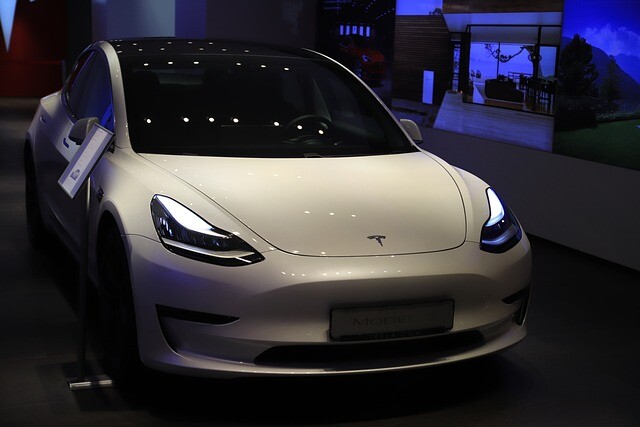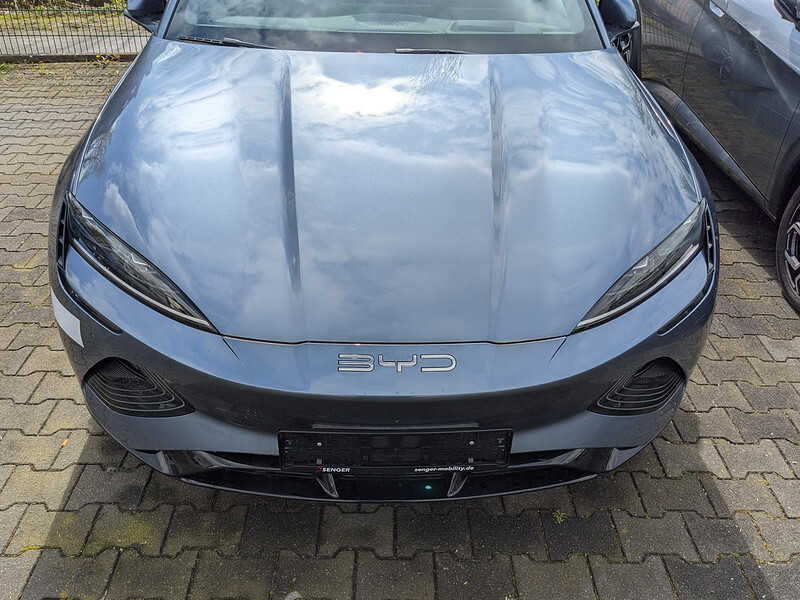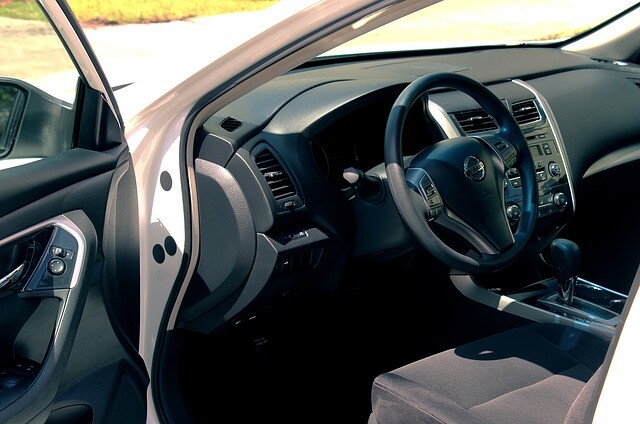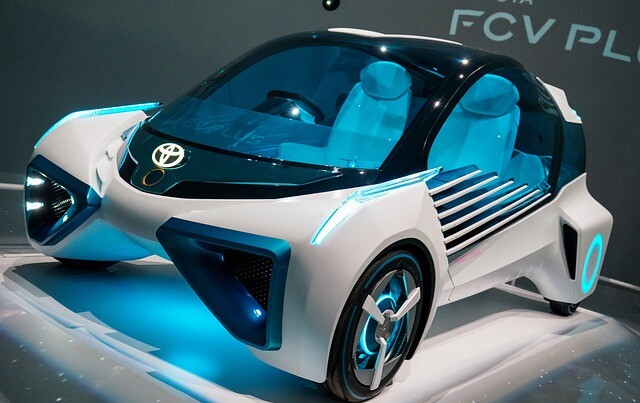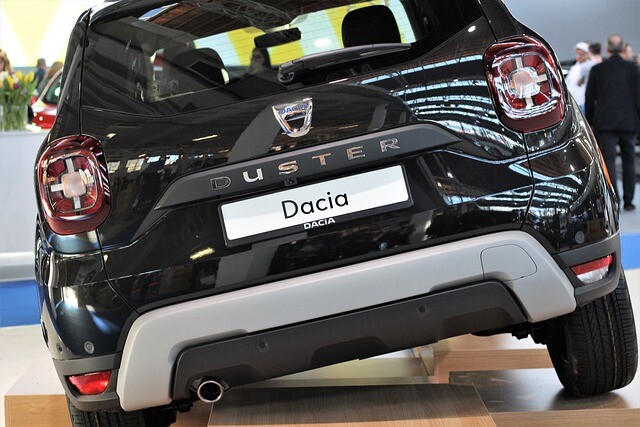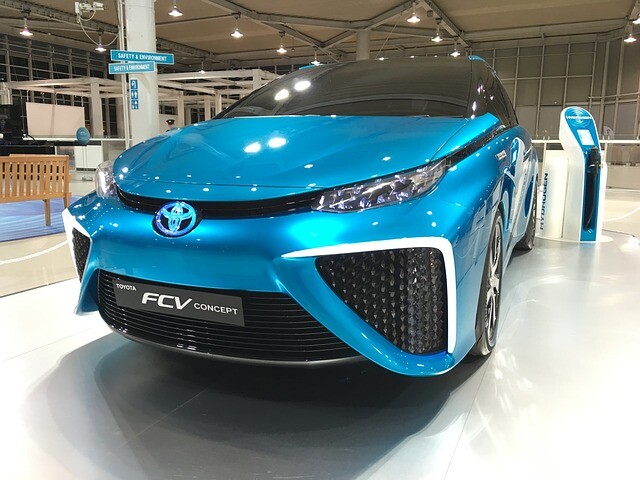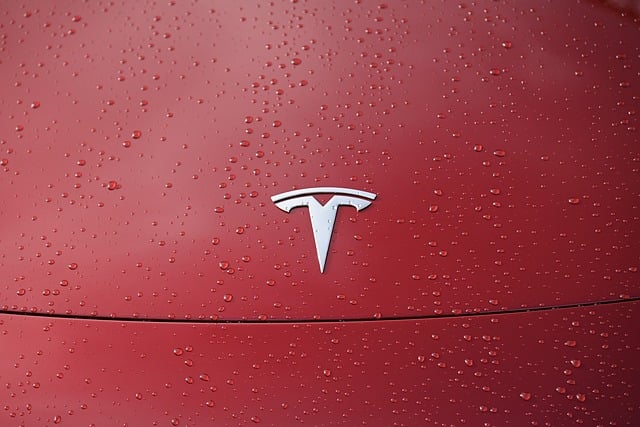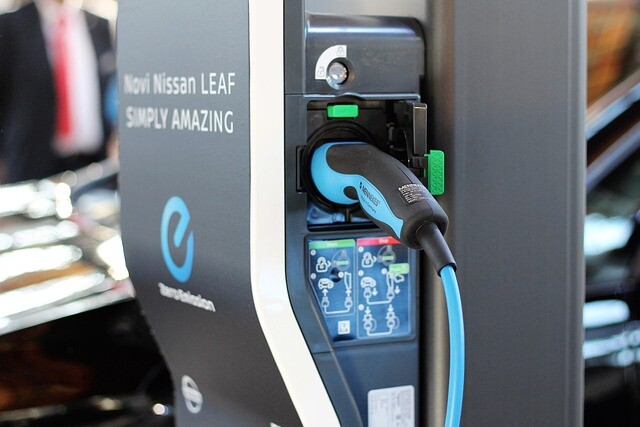Self-driving cars are also starting in Australia
Lexus was the first carmaker to join a consortium launching an autonomous mobility program. The company has provided two RX 450h self-charging hybrid recreational vehicles to the association, which is exploring the technology and applications of two-way information flow between vehicles (V2V) and between vehicles and infrastructure (V2I).

The Australian Integrated Multimodal EcoSystem (AIMES) represents virtually all of Australia's governmental, academic and economic life. Fifty ministries, educational institutions, and technology and shipping companies are working closely together to create the right test environment for V2V and V2I technologies, and together to launch an autonomous mobility program for the continent.
The consortium, led by the University of Melbourne, has equipped premium recreational vehicles with special short-range communication devices and radiotelephone network technologies that will travel in a specially designated area of Carlton’s university district.
The traffic lights, fixed-track public transport, and ambulance and fire trucks here are equipped with special two-way communication equipment to keep Lexus models up and running.
For example, experimental vehicles become immediately aware when a pedestrian presses a button on a zebra, indicating his intention to cross;
they will be alerted by the tram if they turn too close in front of them,
or the system warns the driver of approaching vehicles using their distinguishing signs.
In the same way, the car can “tell” the user if you have driven into a one-way street from the wrong direction or if you are trying to turn onto the highway on the wrong driveway.
The technology can not only make traffic safer, but also more economical and cleaner, by knowing the speed of the vehicle approaching the traffic light to decide if it will still be able to pass the free signal and, if not, prevent unnecessary energy consumption by automatic gas removal.
Although Lexus is now participating in such an experiment for the first time in Australia, it has gained years of experience in other parts of the world with similar solutions. Similar successful experiments have been underway in Japan since 2015, and in the United States, a test program for V2X communications technologies was announced in 2018. The company has also built a complete city to test and develop the technology of self-driving vehicles, and is conducting extensive research into the physiological and psychological implications of autonomous mobility, writes iotzona.hu.
“The flow of information between vehicles and their environment is essential to create a coherent ecosystem that includes all those involved in transport and that can alert everyone to the threat ahead of time. The technology can be used to reduce the incidence of potential emergencies such as driving over a red sign, crossing a tram route, or pedestrians leaving the front in front of cars. Innovative technologies and their innovative use are key to Lexus, and we intend to use them to make transport safer, ”said the consortium leader.
(Source: autokalauz.co.hu; iotzona.hu | Image: pixabay.com)

